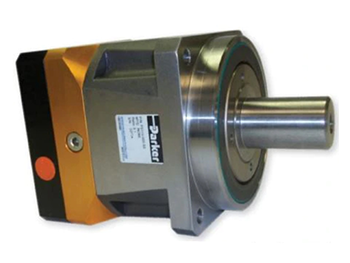Mobile:+86-311-808-126-83
Email:info@ydcastings.com
Design Innovations in Diffuser Impellers for Enhanced Fluid Dynamics Efficiency
Understanding the Diffuser Impeller Its Role and Importance in Fluid Dynamics
In the world of fluid dynamics, the interaction between fluid flow and mechanical components is critical for the efficiency and performance of various systems. One of the key components used in many applications, ranging from pumps to turbines, is the diffuser impeller. This article explores the significance of the diffuser impeller, its design characteristics, and its contributions to optimizing fluid movement.
What is a Diffuser Impeller?
A diffuser impeller is a mechanical device designed to manage and direct fluid flow through a system. It typically consists of blades that rotate, creating a low-pressure area that draws fluid into the system. Once the fluid enters the impeller, it is accelerated outward due to centrifugal force. The diffuser aspect refers to the component that follows the impeller, which converts the kinetic energy of the fluid into pressure energy, effectively slowing down the fluid’s velocity while increasing its pressure.
This dual function of the diffuser impeller is essential for improving the efficiency of various hydraulic machines, such as centrifugal pumps, gas turbines, and compressors. By converting the kinetic energy effectively, the diffuser impeller minimizes energy losses and enhances overall system performance.
Design Characteristics
The design of a diffuser impeller is crucial to its effectiveness. Key characteristics include
1. Blade Geometry The shape and angle of the blades determine how fluid flows through the impeller. Advanced computational fluid dynamics (CFD) simulations are often employed to optimize blade design for maximum efficiency.
2. Number of Blades The number of blades in an impeller can significantly impact performance. Fewer blades typically result in higher velocity but may lead to increased turbulence, while more blades can improve stability and pressure but may cause efficiency losses.
diffuser impeller

3. Diffuser Geometry The shape of the diffuser section following the impeller is critical. It must be designed to provide smooth transitions for the fluid to minimize losses due to turbulence and flow separation.
4. Material Selection The materials used for constructing the impeller must withstand the operational stresses, temperature, and corrosive nature of the fluid being pumped. Common materials include stainless steel, composites, and sometimes specialized alloys.
Applications and Benefits
Diffuser impellers are widely used across various industries, including water and wastewater management, chemical processing, HVAC systems, and aerospace. Their ability to enhance flow characteristics and energy efficiency makes them invaluable in these applications.
One of the primary benefits of using a diffuser impeller is the improved energy efficiency it provides. By effectively converting kinetic energy into pressure, systems can operate with lower energy inputs, resulting in cost savings and reduced environmental impact. Additionally, the smoother flow transition reduces the risk of cavitation—a phenomenon that can lead to damage in pumps and turbines.
In air or gas applications, diffuser impellers are crucial for achieving desired pressure levels while maintaining flow rates, which is particularly important in the performance of jet engines and industrial compressors.
Conclusion
The diffuser impeller is a vital component in the field of fluid dynamics, playing a critical role in enhancing the performance and efficiency of various systems. Its well-thought-out design and engineering principles not only support stable fluid flow but also contribute to significant energy savings and operational reliability. As industries continue to seek more efficient and environmentally friendly solutions, the importance of the diffuser impeller will only increase, making it an area of ongoing research and development in fluid mechanics.
-
Why Should You Invest in Superior Pump Castings for Your Equipment?NewsJun.09,2025
-
Unlock Performance Potential with Stainless Impellers and Aluminum End CapsNewsJun.09,2025
-
Revolutionize Your Machinery with Superior Cast Iron and Aluminum ComponentsNewsJun.09,2025
-
Revolutionize Fluid Dynamics with Premium Pump ComponentsNewsJun.09,2025
-
Optimizing Industrial Systems with Essential Valve ComponentsNewsJun.09,2025
-
Elevate Grid Efficiency with High-Precision Power CastingsNewsJun.09,2025











